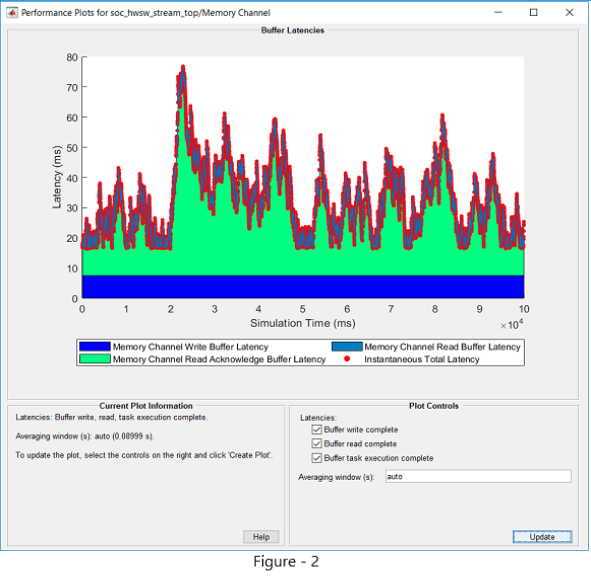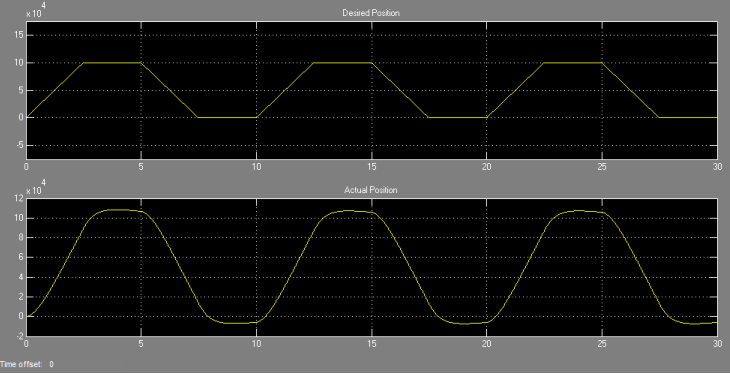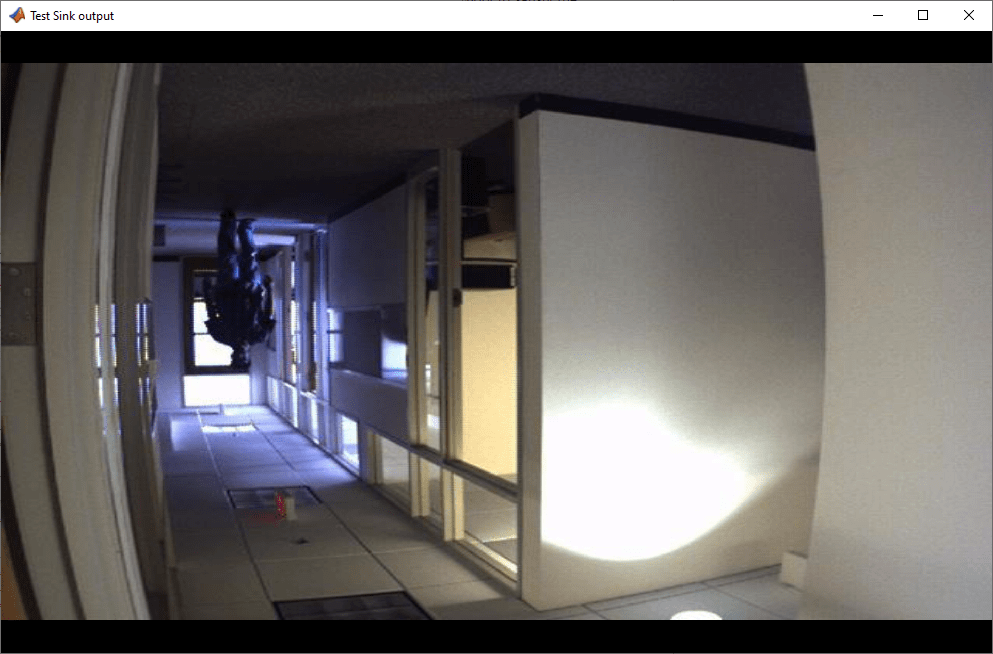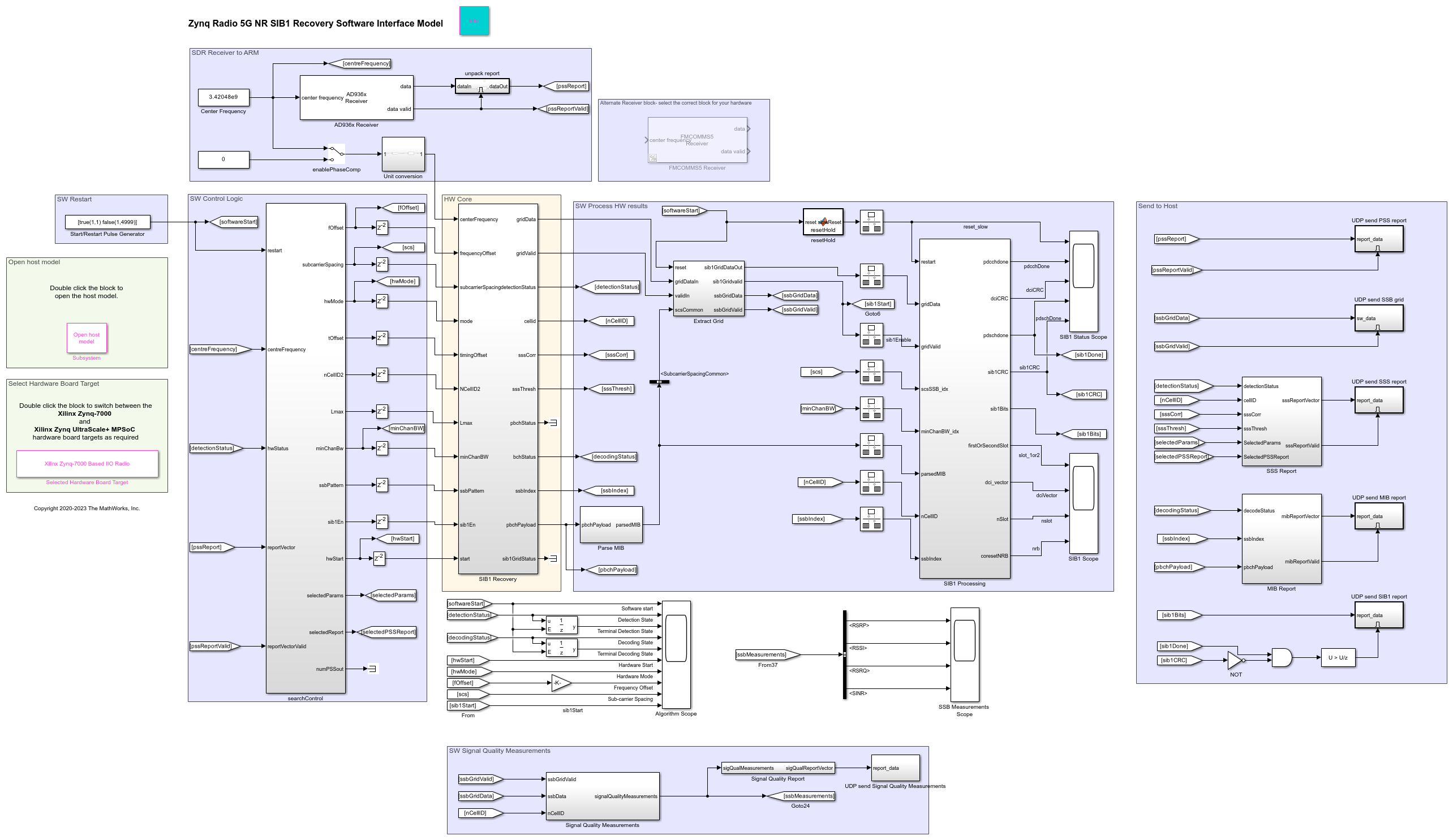FPGA, ASIC, and SoC Development
Use MATLAB® and Simulink® to develop prototype and production applications for deployment on FPGA, ASIC, and SoC devices. With MATLAB and Simulink, you can:
Model and simulate digital, analog, and software together at a high-level of abstraction.
Convert to fixed point using automated guidance, or generate native floating-point operations for any target device.
Analyze hardware and software architectures by modeling memories, buses, and I/Os.
Generate optimized, readable, and traceable VHDL® or Verilog® for implementation in digital logic.
Generate processor-optimized C/C++ code to target embedded processors.
Verify your algorithm running in an HDL simulator or on an FPGA or SoC device connected to your MATLAB or Simulink test bench.

Products for FPGA, ASIC, and SoC Development
Topics
Modeling and Simulation
- Use Simulink Templates for HDL Code Generation (HDL Coder)
Use Simulink model templates for HDL code generation to create efficient hardware designs. - Use Template to Create SoC Model (SoC Blockset)
Create SoC models using Simulink Project templates. - Wireless Communications Design for ASICs, FPGAs, and SoCs (HDL Coder)
Design wireless communication algorithms for hardware by using Wireless HDL Toolbox™ blocks. - Implement Digital Downconverter for FPGA (DSP HDL Toolbox)
Design a digital downconverter (DDC) for LTE on FPGAs. - HDL OFDM Receiver (Wireless HDL Toolbox)
Implement OFDM-based wireless receiver optimized for hardware. - Convert MATLAB Vision Algorithm to Hardware-Targeted Simulink Model (Vision HDL Toolbox)
Create a hardware-targeted design in Simulink that implements the same behavior as a MATLAB reference design.
Verification
- Get Started with Simulink HDL Cosimulation (HDL Verifier)
Set up an HDL Verifier™ application using the Cosimulation Wizard in the Simulink® environment. - FPGA-in-the-Loop Simulation (HDL Verifier)
FPGA-in-the-loop (FIL) simulation provides the capability to use Simulink or MATLAB software for testing designs in real hardware for any existing HDL code. - Data Capture Workflow (HDL Verifier)
High-level steps for capturing signal data from a design running on an FPGA. - Access FPGA Memory Using JTAG-Based AXI Manager (HDL Verifier)
Use JTAG-based AXI manager to access the memories connected to the FPGA. - UVM Component Generation Overview (HDL Verifier)
Generate a Universal Verification Methodology (UVM) environment from a Simulink model. - Generate SystemVerilog DPI Component (HDL Verifier)
Generate a DPI component from Simulink, and explore various configuration parameters.
Code Generation and Deployment
- Basic HDL Code Generation Workflow (HDL Coder)
Follow the workflow for HDL code generation and FPGA synthesis from MATLAB and Simulink algorithms. - Deploy Model with AXI-Stream Interface in Zynq Workflow (HDL Coder)
Use the AXI4-Stream interface to enable high speed data transfer between the processor and FPGA on Zynq® hardware. - Custom IP Core Generation (HDL Coder)
Generate a custom IP core from a model or algorithm using the HDL Workflow Advisor. - Get Started with HDL Workflow Command-Line Interface (HDL Coder)
Use the HDL Workflow Advisor to run HDL workflows from the command line and the Export to Script option. - Generate Design Using SoC Builder (SoC Blockset)
Generate an SoC design and run it on the target hardware board using the SoC Builder tool. - Prototype Deep Learning Networks on FPGA and SoC Devices (Deep Learning HDL Toolbox)
Accelerate the prototyping, deployment, design verification, and iteration of your custom deep learning network running on a fixed bitstream by using thedlhdl.Workflowobject.






